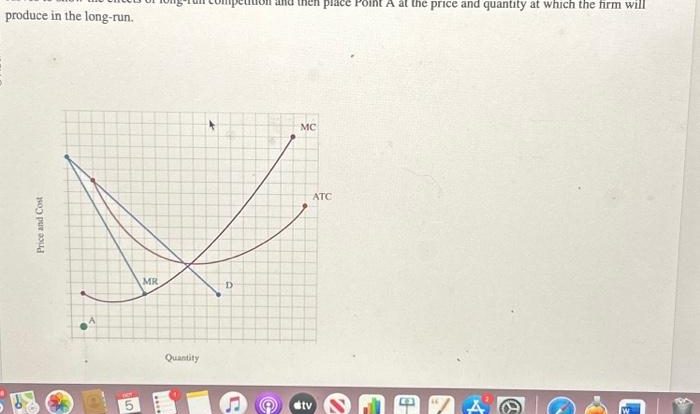The fiscal policy worksheet answer key provides a structured framework for understanding and implementing fiscal policy. Fiscal policy, a crucial tool for governments, involves adjusting government spending and taxation to influence economic outcomes. This answer key guides users through the complexities of fiscal policy, empowering them to make informed decisions and effectively manage the economy.
The following sections delve into the intricacies of fiscal policy, including its types, objectives, and real-world applications. The answer key also addresses common challenges and explores the interplay between fiscal and monetary policy.
1. Definition of Fiscal Policy
Fiscal policy refers to the use of government spending and taxation to influence the economy. Its primary goals include managing economic growth, controlling inflation, and reducing unemployment.
2. Types of Fiscal Policy
2.1 Expansionary Fiscal Policy, Fiscal policy worksheet answer key
Expansionary fiscal policy aims to stimulate economic growth by increasing government spending or reducing taxes. This injects more money into the economy, boosting aggregate demand.
2.2 Contractionary Fiscal Policy
Contractionary fiscal policy seeks to curb inflation or reduce budget deficits by decreasing government spending or raising taxes. This reduces aggregate demand, slowing down economic activity.
3. Fiscal Policy Worksheet
A fiscal policy worksheet provides a structured framework for analyzing and implementing fiscal policy. It typically includes fields for:
- Government spending
- Tax revenue
- Budget deficit/surplus
- GDP
- Inflation rate
- Unemployment rate
Formulas for calculating key metrics, such as the budget deficit and the impact of fiscal policy on GDP, can be incorporated into the worksheet.
4. Fiscal Policy in Practice
Examples of fiscal policy implementation include:
- The American Recovery and Reinvestment Act of 2009, which provided stimulus spending to address the Great Recession.
- The tax cuts enacted by the Trump administration in 2017, aimed at stimulating economic growth.
5. Challenges of Fiscal Policy
Key challenges associated with fiscal policy include:
- Time lags:Fiscal policy changes take time to impact the economy.
- Political constraints:Fiscal policy decisions can be influenced by political considerations.
- Crowding out:Expansionary fiscal policy can lead to higher interest rates, potentially crowding out private investment.
6. Role of Fiscal Policy in Economic Stabilization
Fiscal policy plays a crucial role in stabilizing the economy during economic downturns:
- Expansionary fiscal policy can stimulate aggregate demand and boost economic growth.
- Contractionary fiscal policy can reduce inflation and government borrowing.
7. Fiscal Policy and Monetary Policy: Fiscal Policy Worksheet Answer Key
Fiscal policy complements monetary policy, which is implemented by central banks to manage interest rates and the money supply. While fiscal policy focuses on government spending and taxation, monetary policy influences the cost and availability of credit.
Top FAQs
What is the primary goal of fiscal policy?
The primary goal of fiscal policy is to stabilize the economy and promote economic growth.
What are the two main types of fiscal policy?
The two main types of fiscal policy are expansionary and contractionary fiscal policy.
What are the key challenges associated with implementing fiscal policy?
The key challenges associated with implementing fiscal policy include political constraints, time lags, and the potential for unintended consequences.
